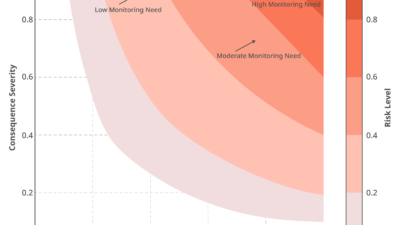In this article, the author presents ciritcal issues and misunderstandings about wrench time.

Wrench time and wrench time studies are two of the most misused, misunderstood, and painful to deal with elements of maintenance benchmarking for three reasons:
– Different definitions and standards
– Data that is skewed by the act of collection
– Overzealous comparisons of dissimilar metrics from different locations
We all like the implications of knowing the amount of non-value added work within our maintenance schedules and we would love to be able to measure and then trend the removal of non-value added time. This is a good thing, but let’s look at what gets in the way and one thing to help improve our results for each challenge. The first struggle is around the definition or standard for wrench time. What is in? What is out? Is travel time part of wrench time? How much is too much? Is pre-work wrench time? Is trouble shooting wrench time? You need to answer these questions and more to get something standardized for your location. A good place to start is the SMRP Metric for wrench time but my guess is that you will need to add additional clarifications to make it relevant to your site.
The data is not accurate. By virtue of focusing on the data it changes the behaviors. If you tell me you are going to watch me type out this blog and count my mistypes I will by nature slow my typing and make less errors. The same thing happens when we do wrench time studies so the numbers we get will be different than actual. I suggest the use of something known as a DILO instead of typical stop watch time studies or other tool driven methods. In a DILO or Day In The Life Of you work with the craftsman to understand what gets in his way or what irritates him as he tries to complete his daily work. You are with him or her through their day learning based on their experiences. This approach is more about helping them and less about "watching and judging" them. In the end, you identify problems like missing permits, lost parts, and wrong tools and you see first had what that is costing them in time and patience without driving a wedge between parts of the organization. If you want to talk more about DILO send me an email and I will share with you tips and tricks based on my experience.
Some days it seems that everyone thinks they should compare their wrench time numbers to everyone else. This one is common for many metrics and KPIs but as I have suggested in the past it would be best if the sites looked at their ability to improve the metric and talked about what their delta over the last quarter was as opposed to the raw number. Then they could talk about the specific actions they have taken to get that delta. The raw metric are just too different in most cases to be compared and bad decisions can be made with bad data from bad comparisons.
Now I know I did not necessarily solve anything here but I hope I have provided a few ideas that might help as you calculated and evaluate your maintenance wrench time on your quest to reliability now.
Want more tips on reliability? Register for the SMRP Annual Conference, Oct. 20-23
For more information, visit www.reliabilitynow.net.
Shon is a certified maintenance and reliability professional. Shon specializes in business process management, adult education, strategic planning, organizational change management, leadership, and reliability engineering. Shon has been asked to speak at numerous professional conferences on these topics in the US as well as Europe, South America, and the Middle East.



